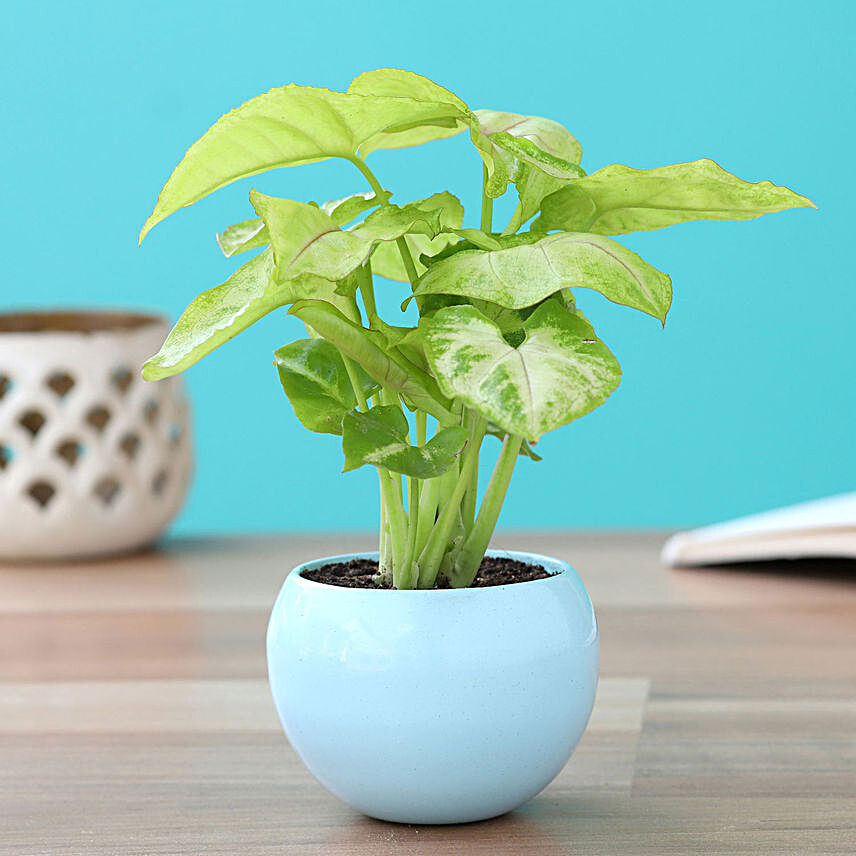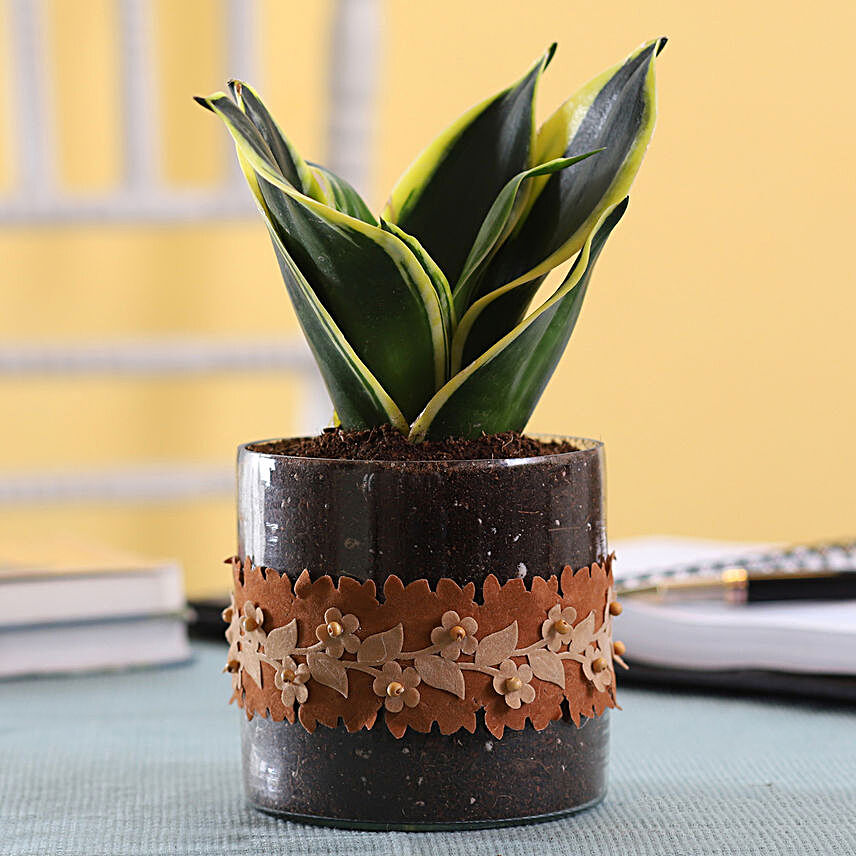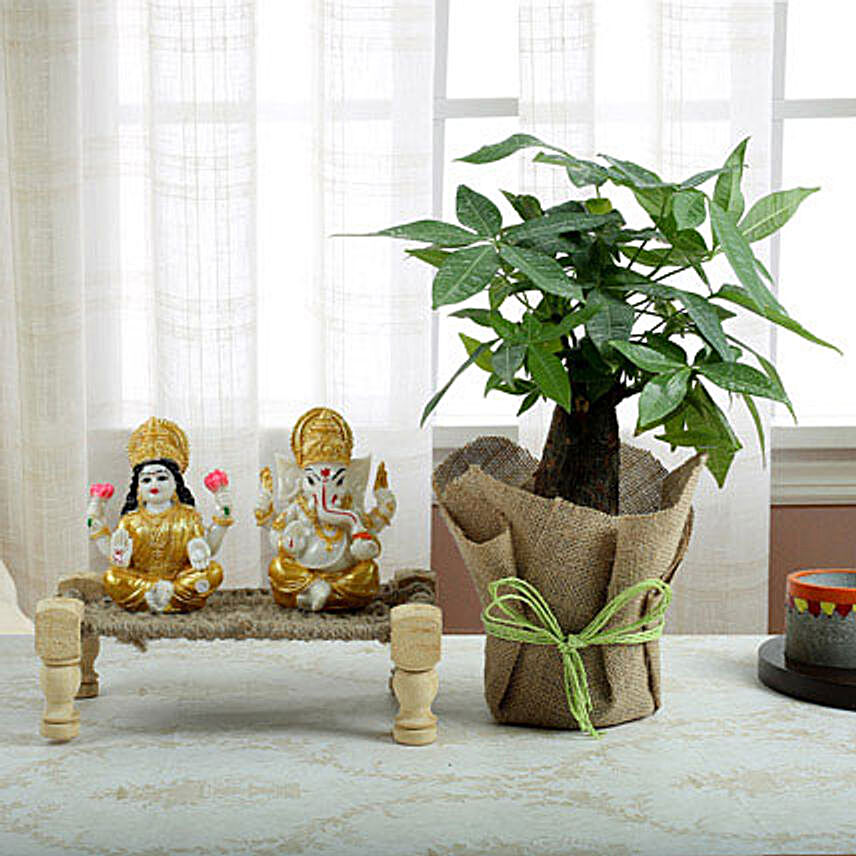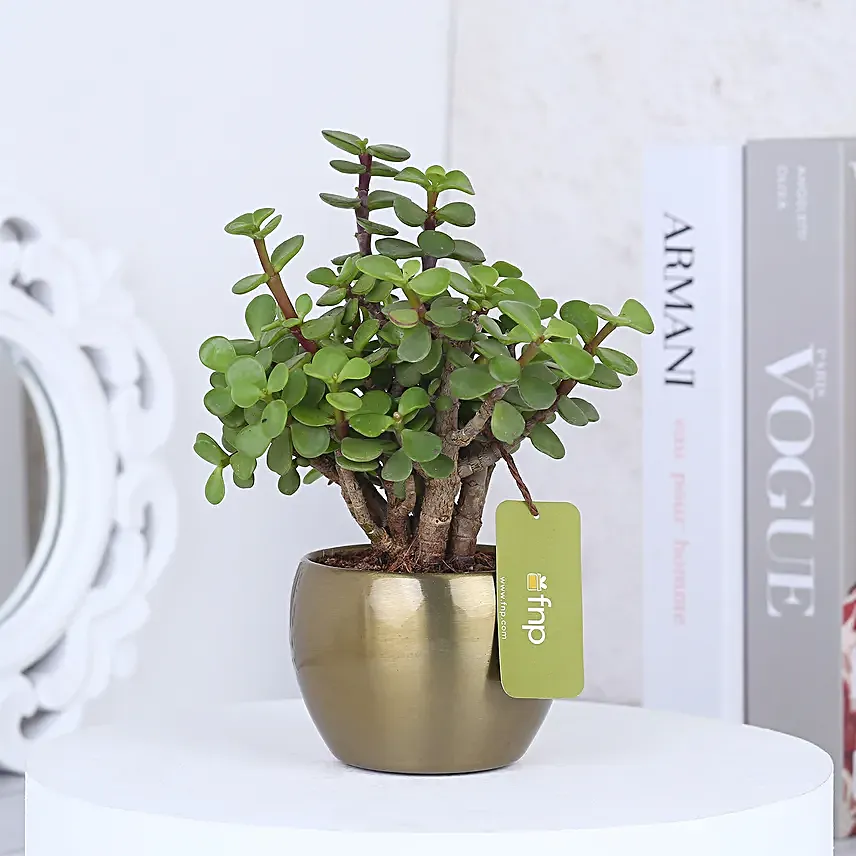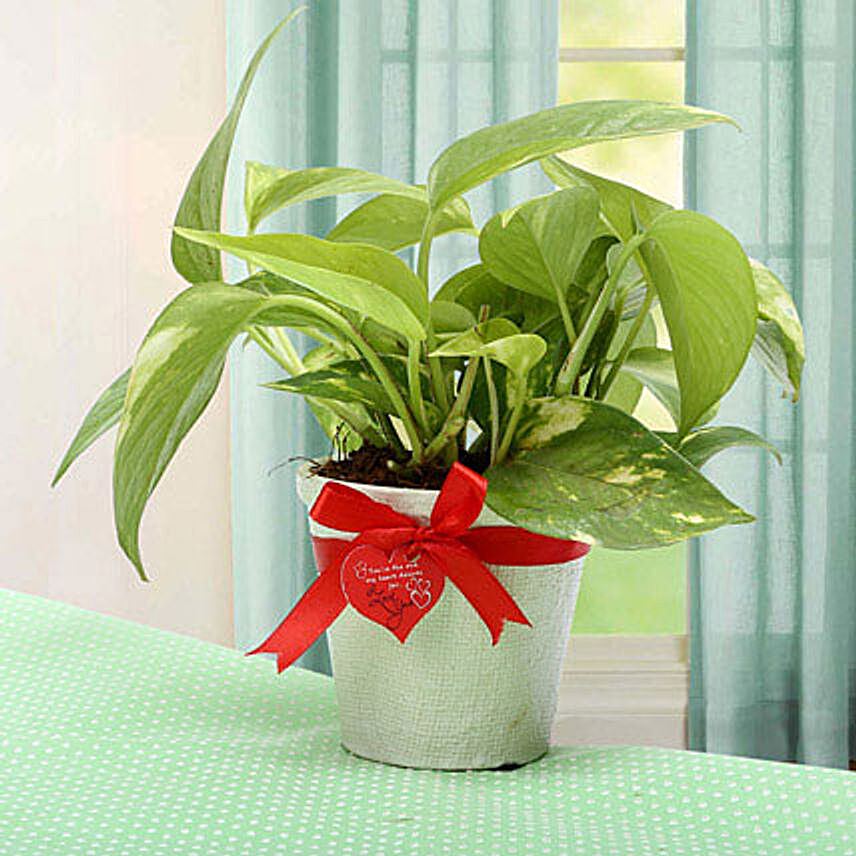Myths About Spider Plants
- Author: Anushka Published: 14th December, 2021
Just because you don’t like spiders, doesn’t mean you would be judgemental about everything in the world that carries the same name. And so is the case with Spider plants! Scientifically known as Chlorophytum Comosum, the Spider plant is among the most common houseplants that are often sneered at for its peculiar name. Despite its creepy-crawly name, the Spider plant is an easy-to-grow indoor plant that is pretty adaptable and usually stays hale & hearty all year long. Moreover, it is highly appreciated for it is a thing of beauty. Why? As they grow, they develop little, charming white flower blossoms on their arching stems. All in all, it is a special, precious and statement-making plant that can be a healthy addition to your home. Listed below are some facts about Spider plants to debunk their myths.
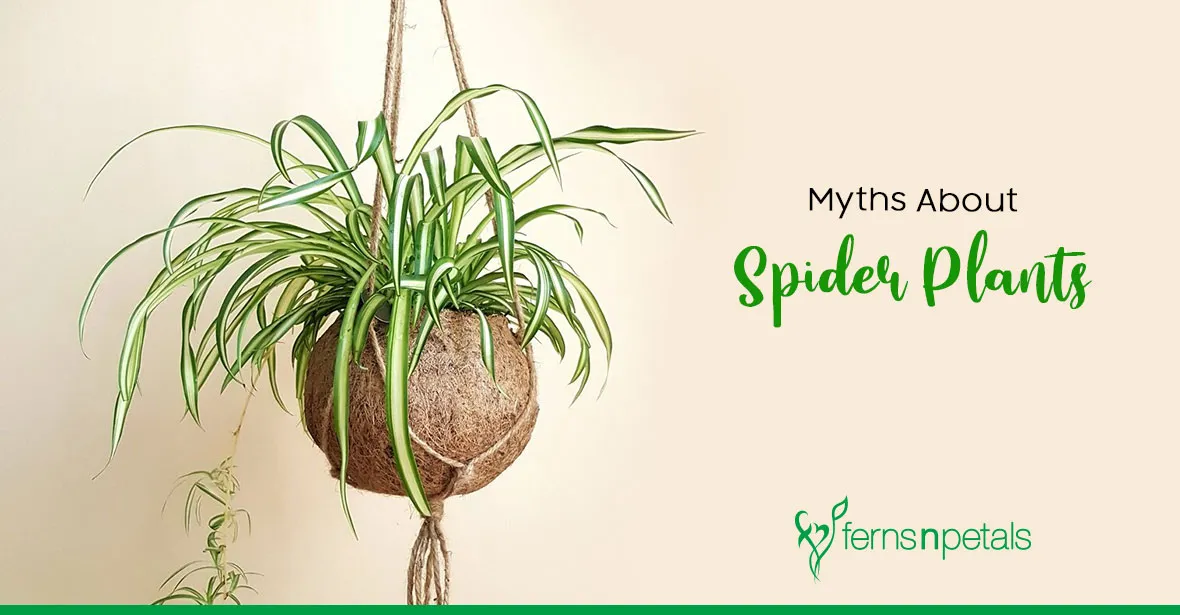
Origin of the Name
This graceful and fast-growing plant gets its name from the tiny plantlets that develop on its long trailing stems that vaguely resemble spiders. Another story that goes around is that years ago, there was a close relative of this plant, i.e. St. Bernard’s lily that had spider-bite curing properties. The insane resemblance of Chlorophytum Comosum to St. Bernard lily gave the former its forever name. This evergreen perennial plant is native to the coastal areas of South Africa.
Keep the Air Squeaky Clean
We all know plants maintain air quality. However, when it comes to who does it the best, the Spider plant emerges as a champion. They make great indoor air purifiers that are highly effective in removing toxic chemicals such as formaldehyde, carbon monoxide, toluene and xylene from the air.
A Formidable Ally
As stated earlier, the Spider plant is highly adaptable to several climatic conditions, it can bear the genuine mistake of overwatering and underwatering. Apart from tolerating drought-like situations, the plant can pull through dry air, average humidity and even excess heat. It is said that it is nearly impossible to kill a Spider plant. Just keep it away from fluoride or boron. Also, if you see the plant’s tips turning brown, just cut them off.
Some More Facts
The plant is safe for humans and pets and is even consumed in some parts of the world. Not only this but it is also used in the preparation of traditional Ayurveda, Yunani and Homeopathy medicines. Last but not the least, Spider plant is also among the plants that are heavily used for decoration purposes.

